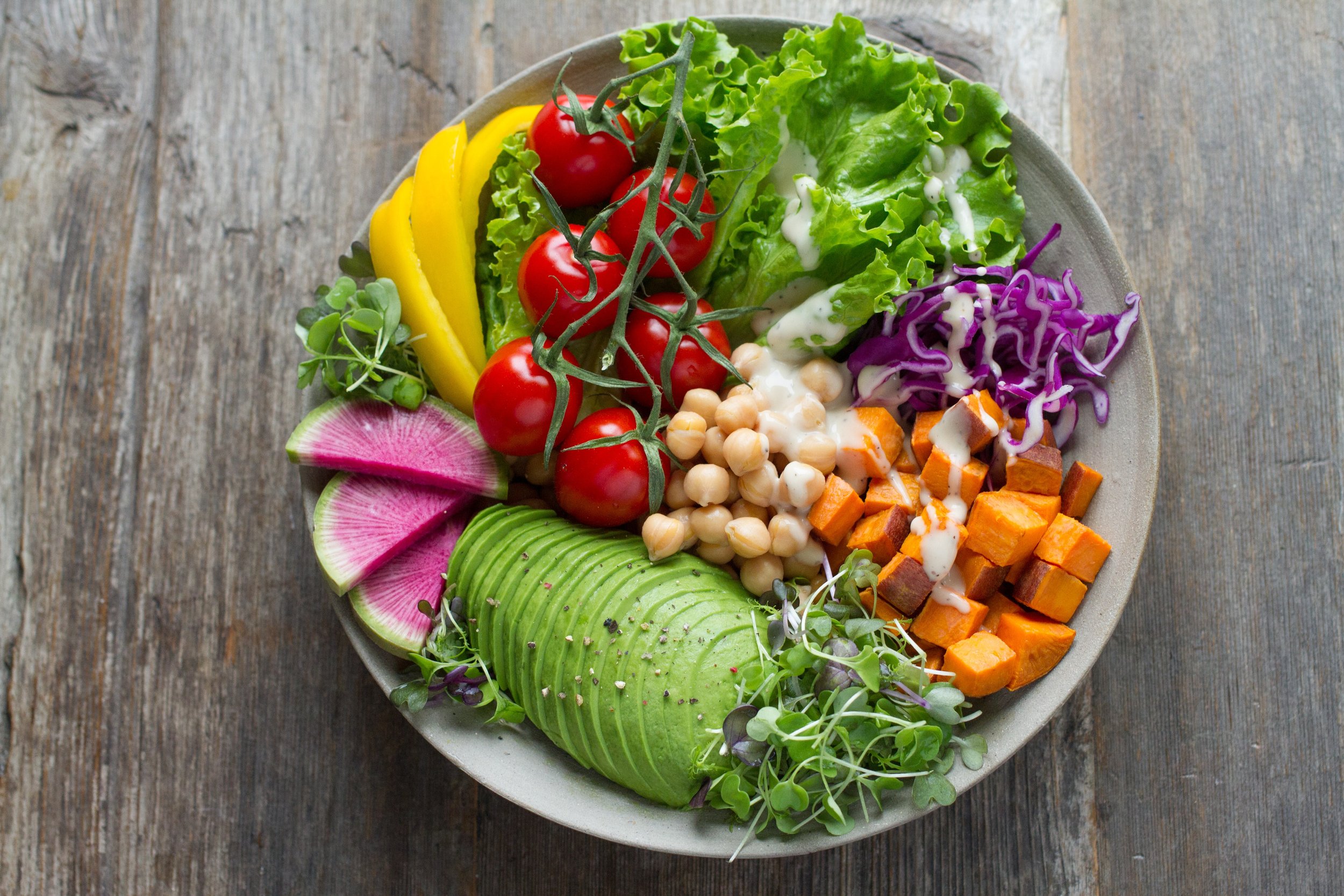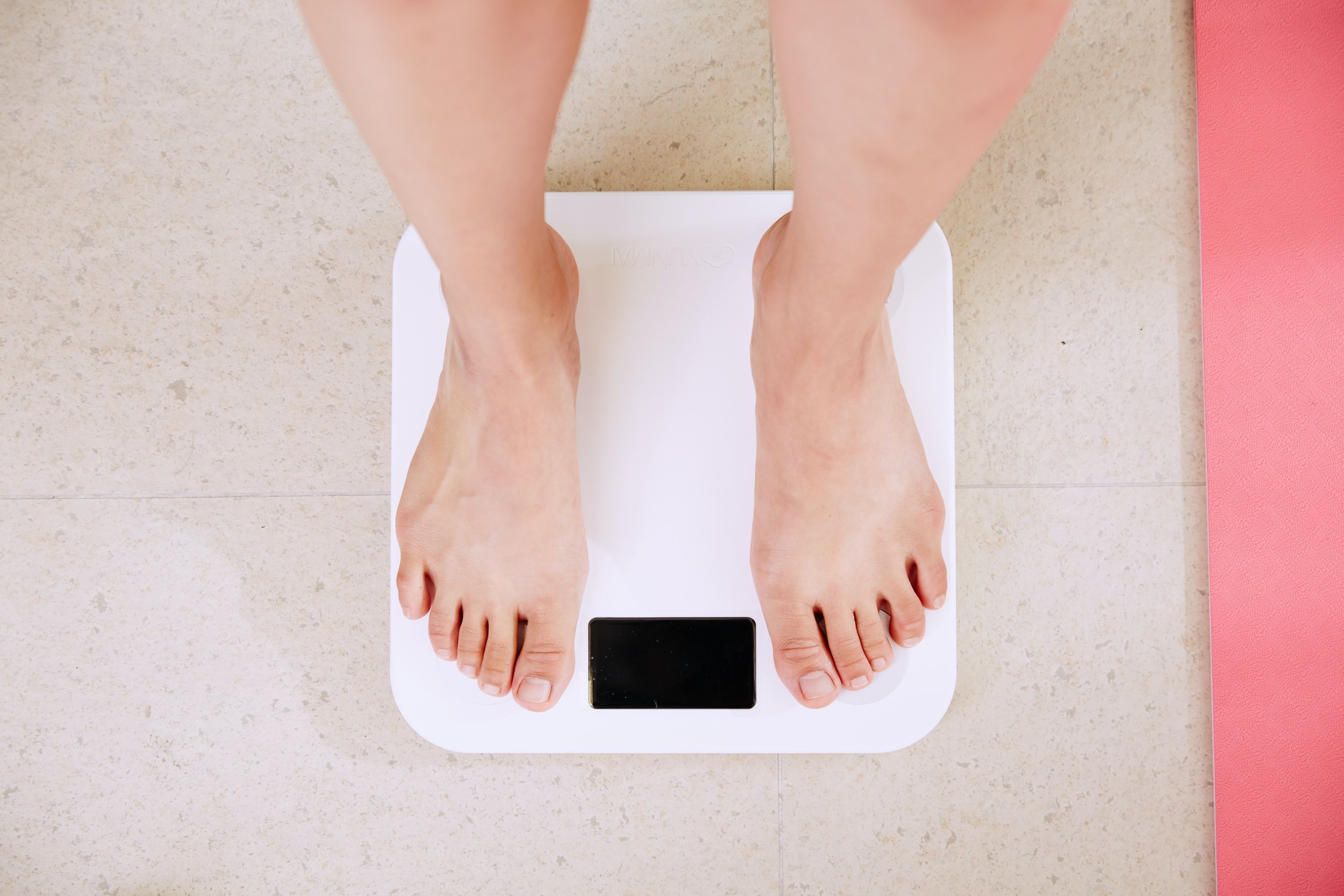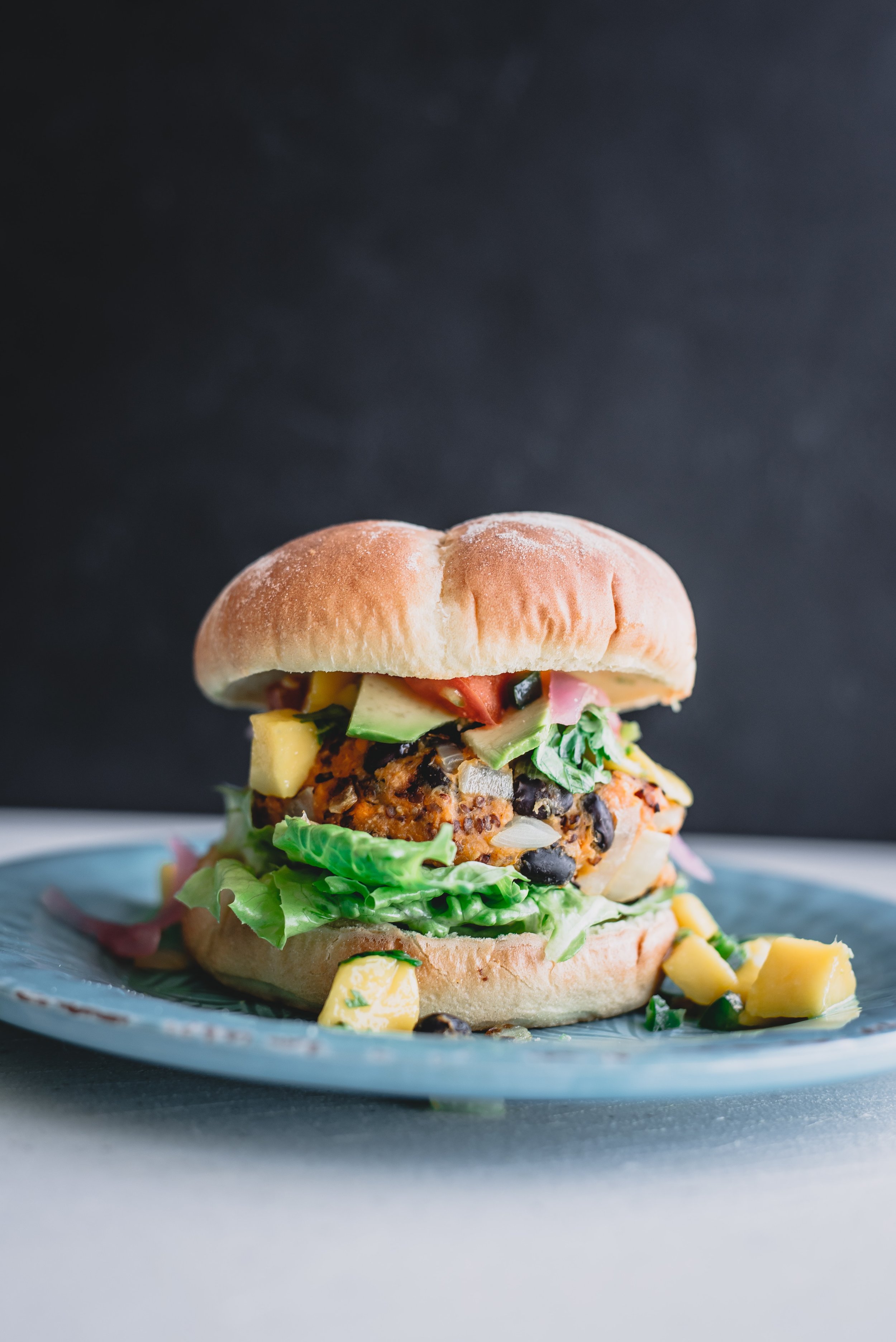Which is Better for your Workout? Water or Sports Drink?
Spoiler alert, the answer is sports drink. The combination of carbohydrates and electrolytes in sports drinks makes it easier for your body to absorb the hydration, fuel your workout, and replace electrolytes lost from sweat so your cells can continue to function properly.
Why Drink Carbohydrates?
Carbohydrates are essential to fuel your workout and have been proven to increase athletic performance compared to water alone. In addition, intestinal water absorption is enhanced by the presence of glucose.
What are Electrolytes?
Electrolytes are minerals that become positively or negatively charged when dissolved in the body. This positive and negative charge keeps the fluids inside and outside the cells in balance so the cells can function properly and body fluids can bring the cells nutrients and remove waste products. Electrolytes help create the environment for a cell to do its job–such as nerve to nerve communication, heartbeats, and muscle contraction. The main electrolytes lost in sweat are sodium and chloride. Other minerals in sweat include potassium, magnesium, calcium, copper, iron, and zinc.
How do Carbohydrates and Electrolytes work Together?
There is a direct link between the transport of sodium, glucose, and water. Glucose is absorbed across the intestinal lining by a process known as active transport. In order for the transporter to move these simple sugars through the intestinal cell membrane, it must bind to a sodium ion. The transporter must bind to both a sodium ion and sugar for transport into the cell to occur. If either is missing, it can’t get through.
What does all this mean?
For optimal hydration, use a sports beverage containing electrolytes and 4 to 7% carbohydrates for exercise lasting longer than 1 hour or for intense exercise that is less than one hour. Look for 15 to 25 grams of carbohydrates per 12 oz serving in a sports drink. Higher concentrations of carbohydrates can cause fluid to be pulled into the intestine rather than into the body, potentially causing bloating, cramping, and diarrhea.
Related Posts
Sources
Fink, Heather Hederick and Alan Mikesky., Practical Applications in Sports Nutrition. 6th ed.,, Burlington, MA, Jones & Bartlett Learning, 2021.


